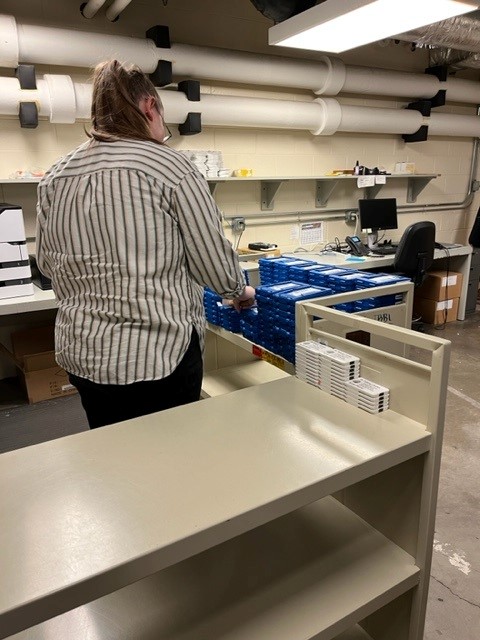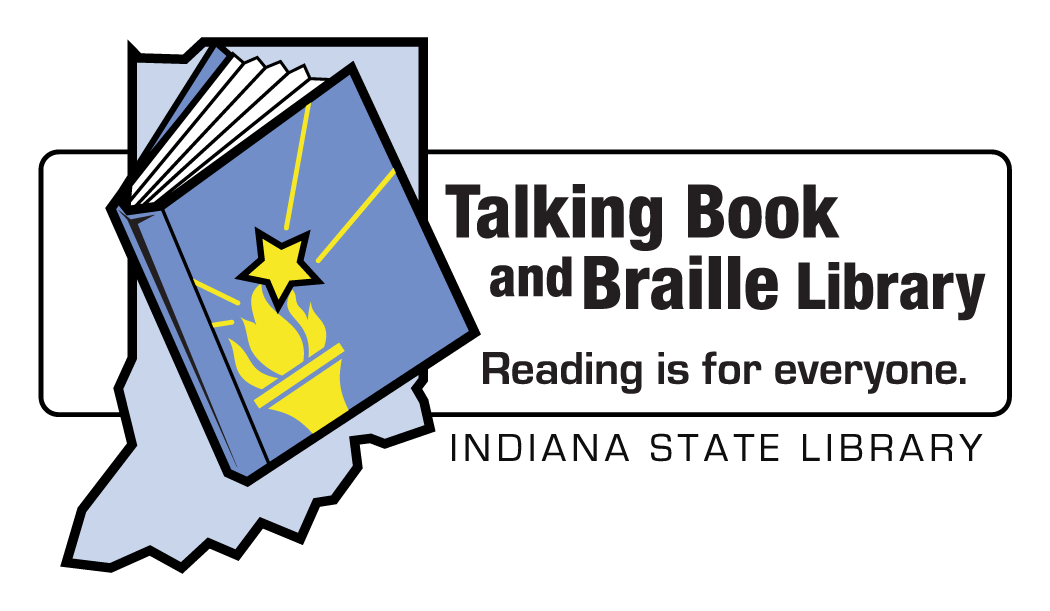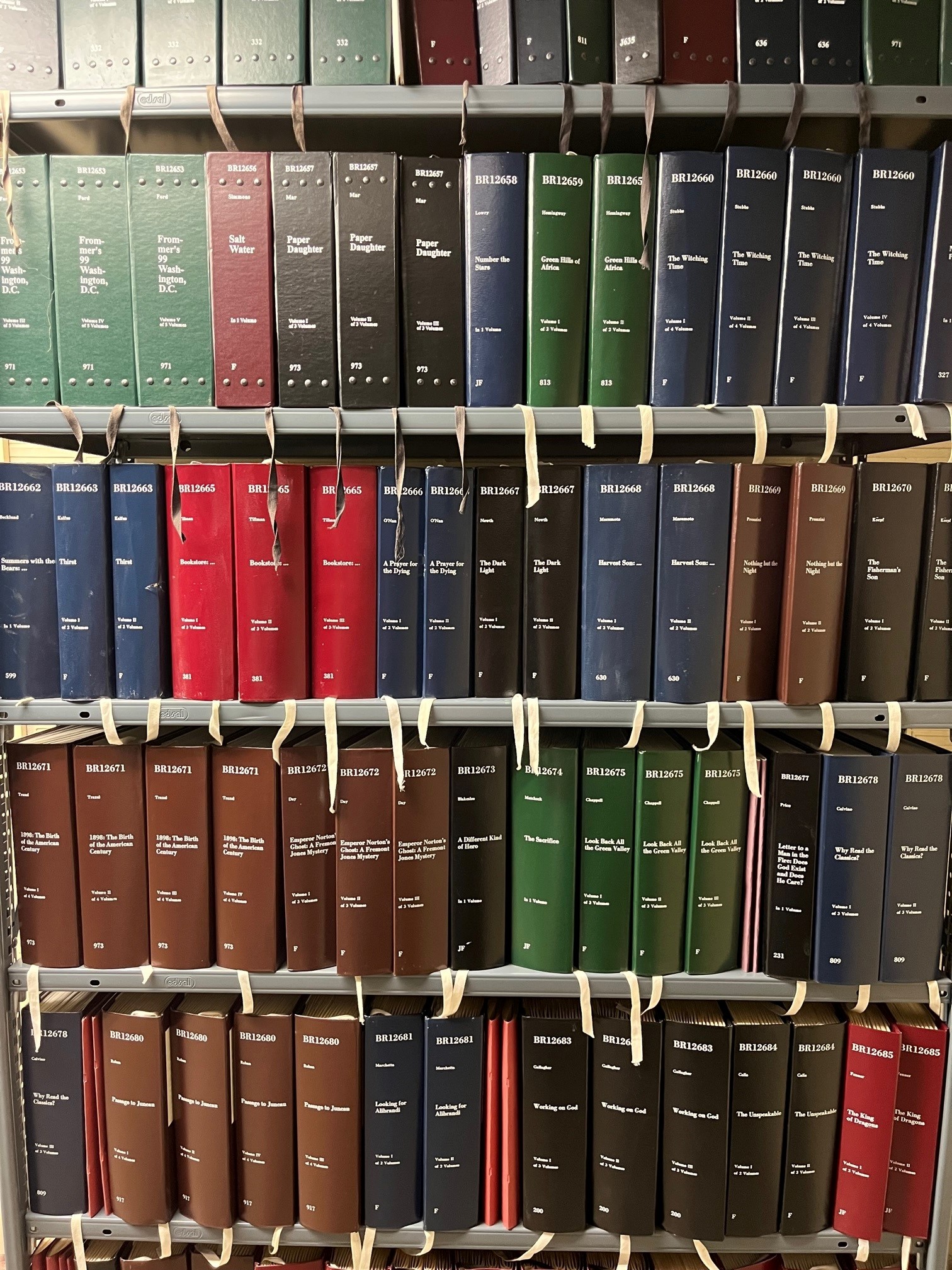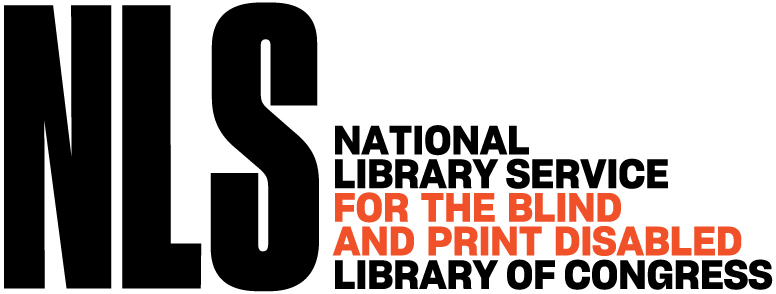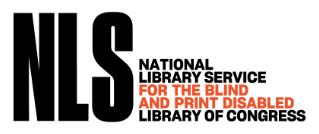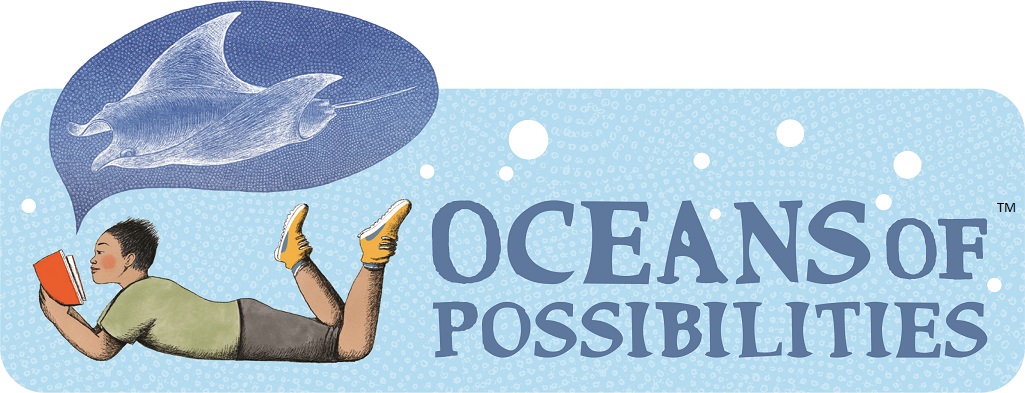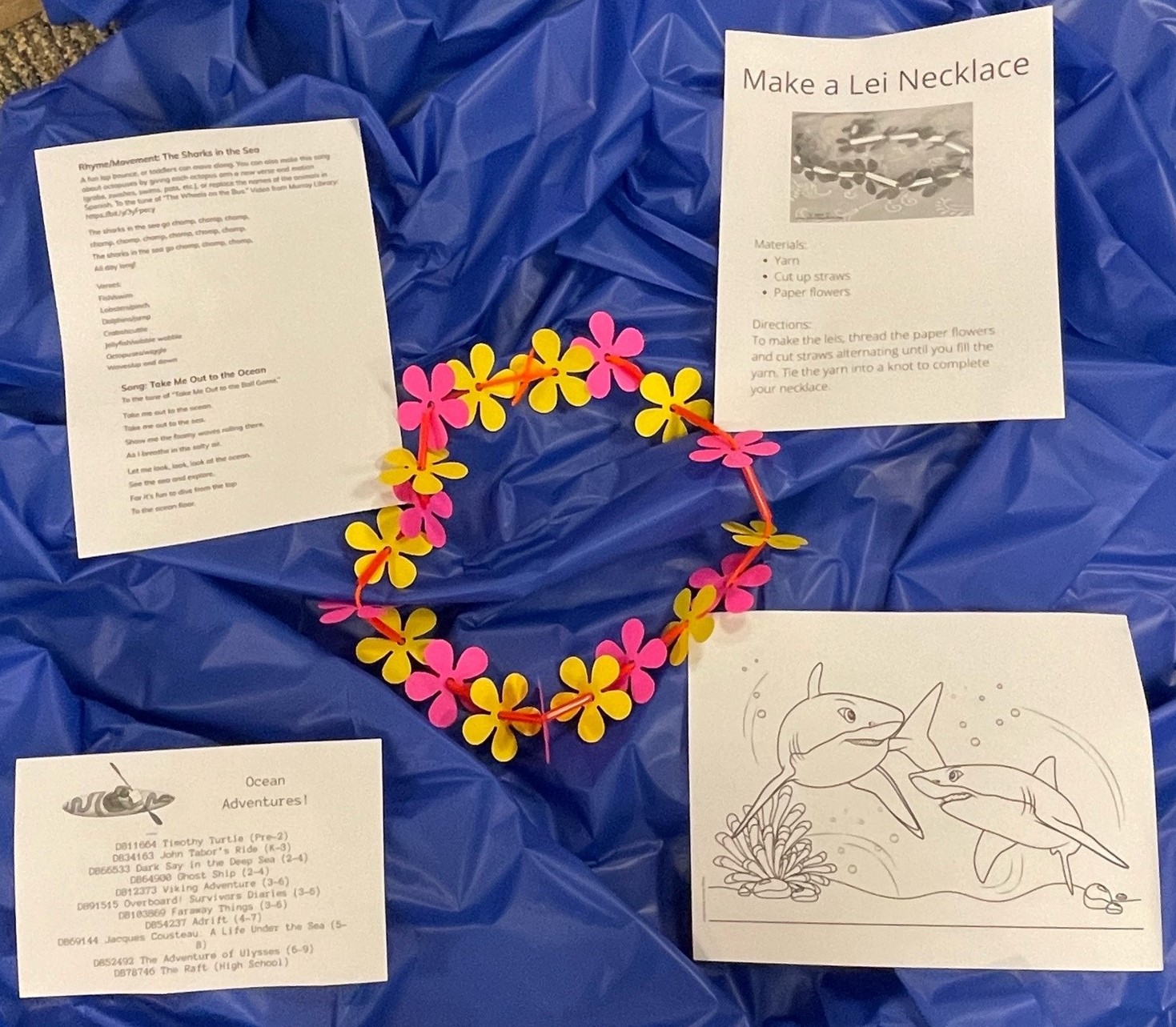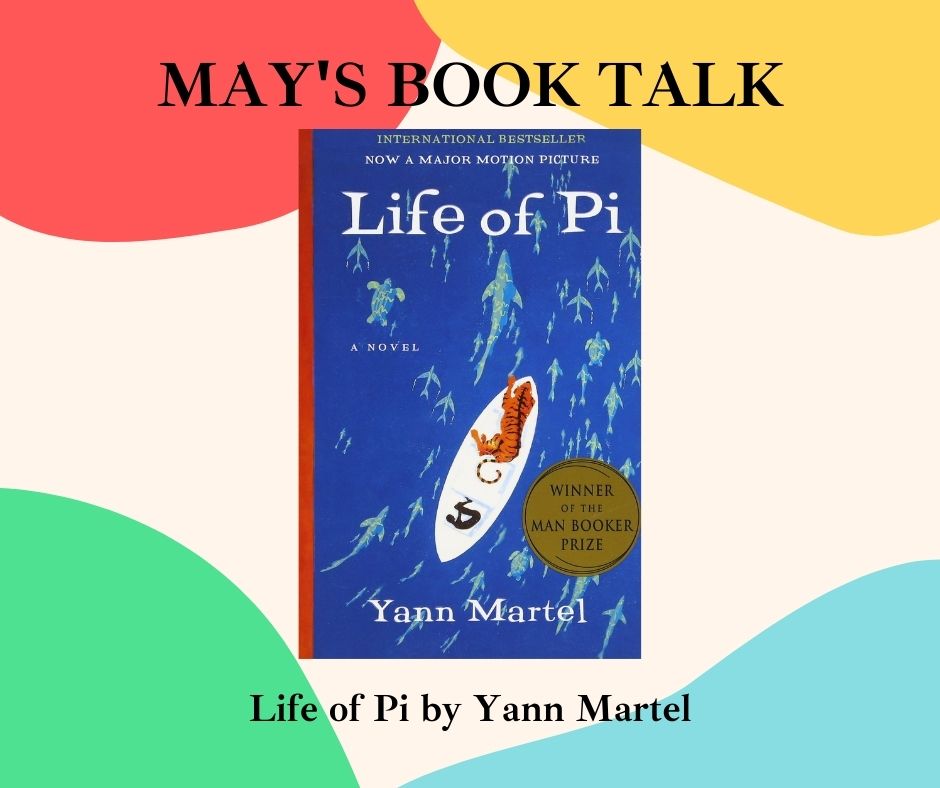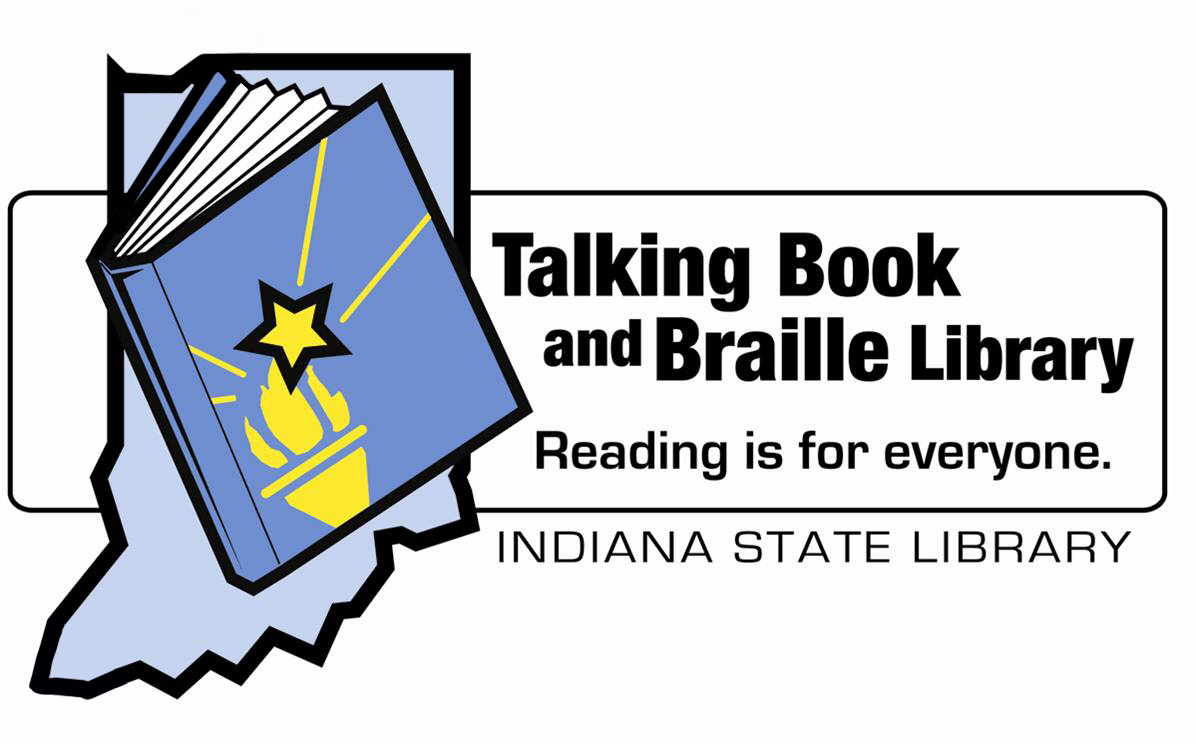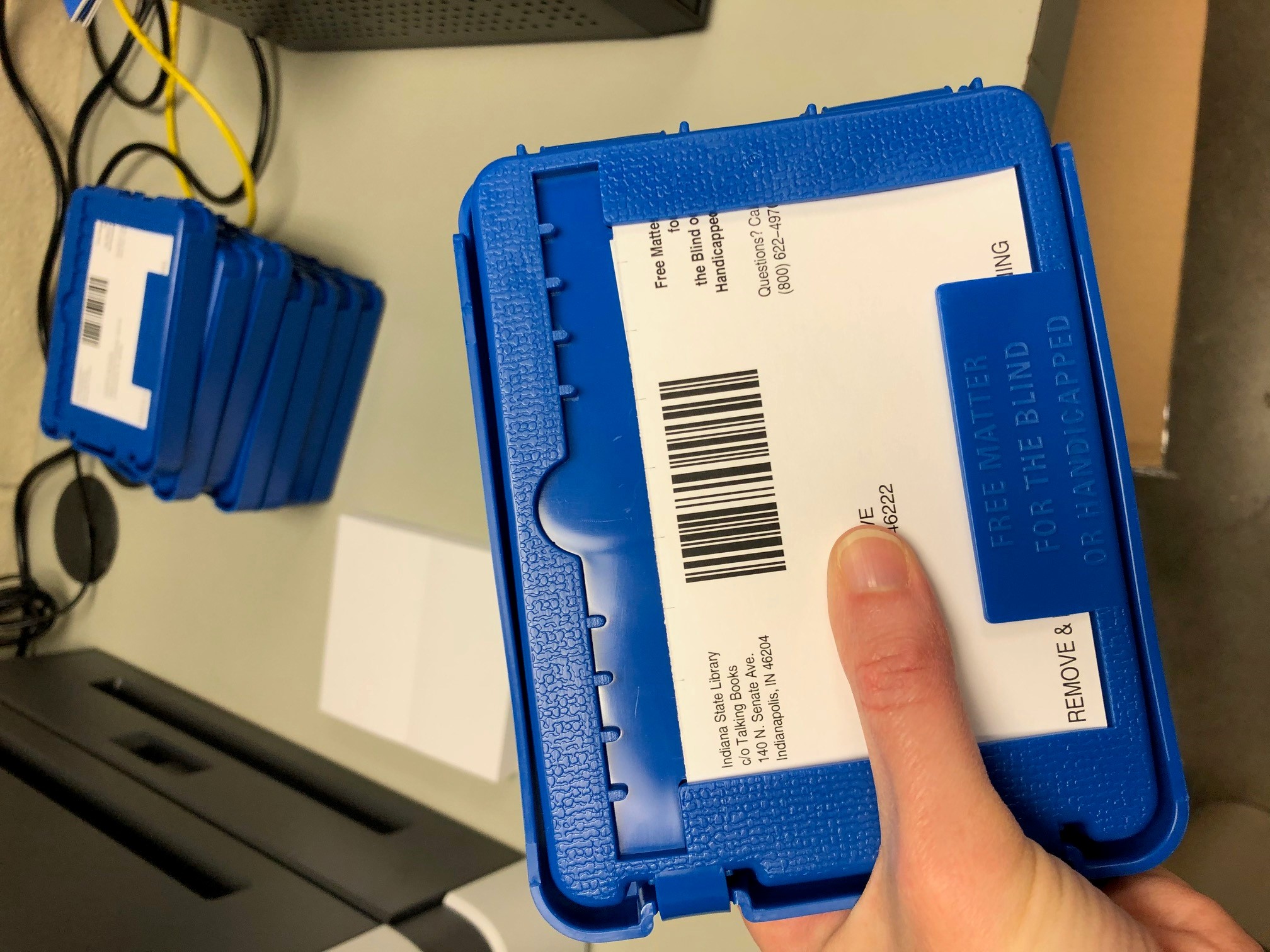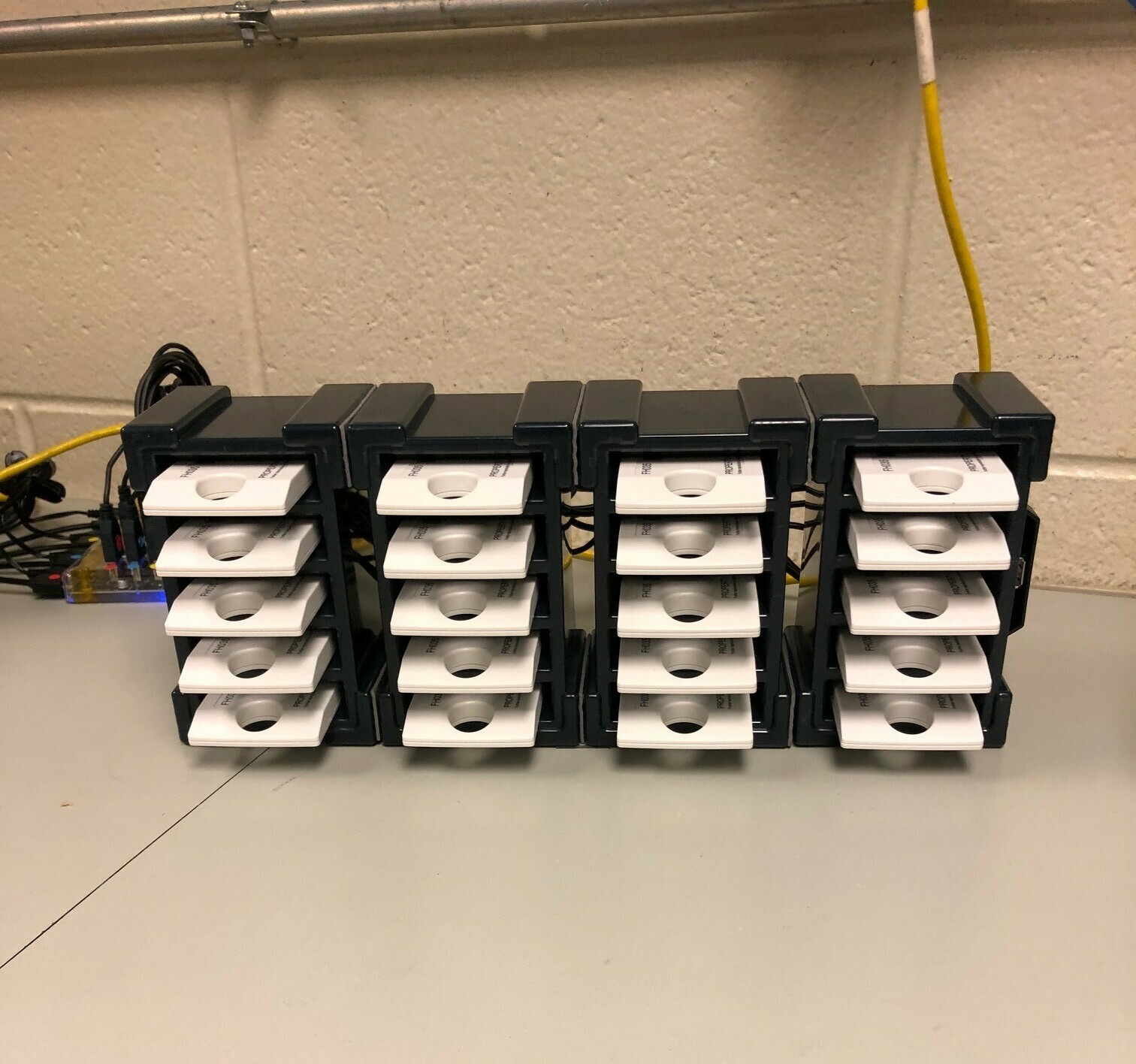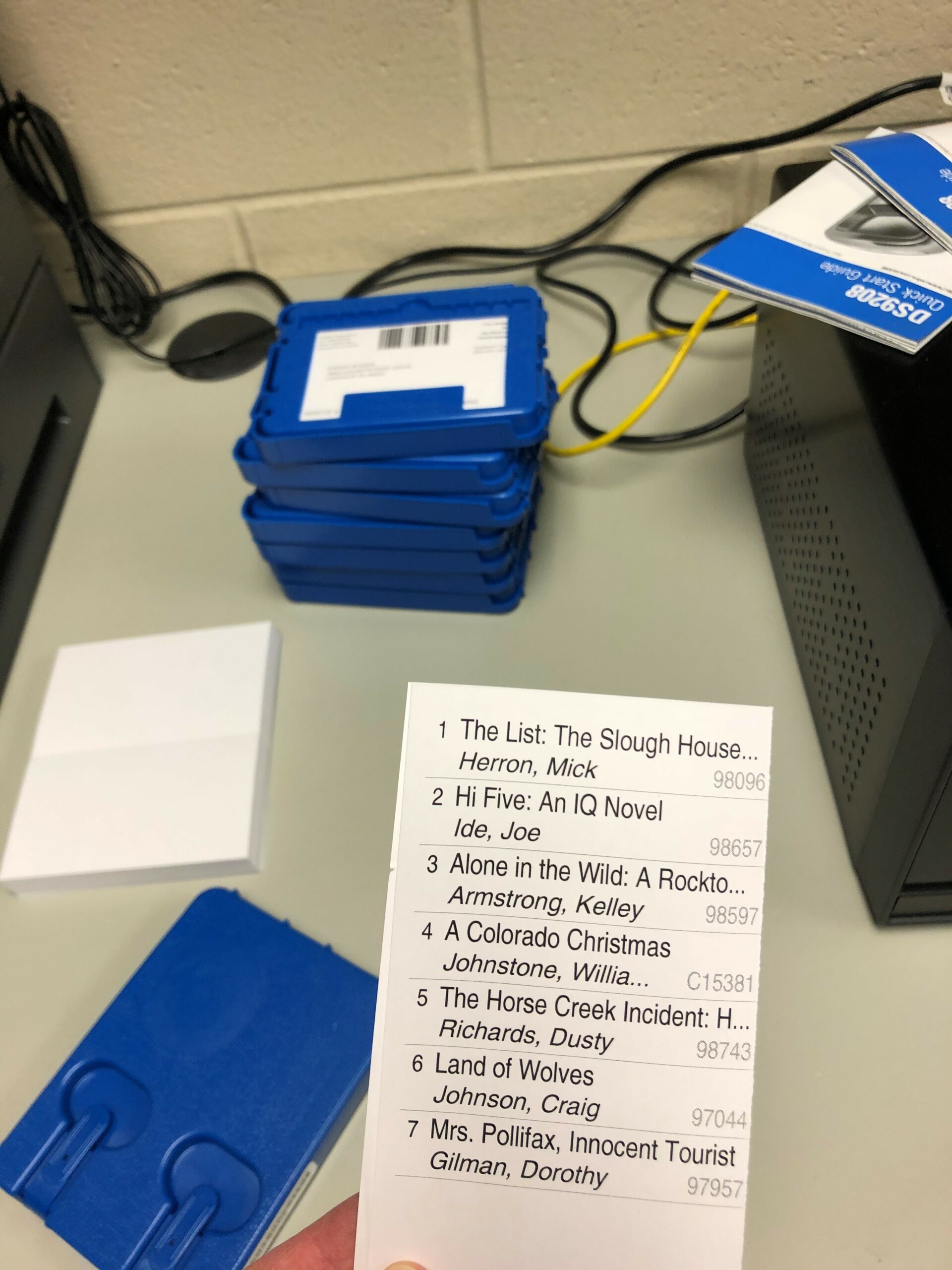Yes, the Indiana State Library has a recording studio! It’s part of the Indiana Talking Book & Braille Library, and it’s used to record audio books and audio magazines. This program is called Indiana Voices. Indiana Talking Book & Braille Library employee Jannell Summers is the program coordinator for the Indiana Voices program. She oversees all aspects of the program here at the Indiana State Library. The Indiana Talking Book & Braille Library serves citizens of Indiana who are blind or visually impaired, have a physical disability that makes using a standard book difficult or have a reading disability.
Indiana Voices records books written by authors who have a connection to Indiana; books with a subject that has a connection to Indiana; and books about Indiana history. Unfortunately, most people will never be able to listen to our books. Indiana Voices records books to be uploaded to the Braille & Audio Reading Download Service, most commonly known as BARD. This is an app produced by the National Library Service for use by talking book and braille libraries all over the nation. The reason Indiana Voices can only upload books to this site for use by our patrons is because the Legislative Branch of the United States government gave us permission to record any book for this service without violating their copyright protections.
During 2024, Indiana Voices recorded 10 books and magazines for the BARD service. These include:
Local authors
“Zeek the Zigzag Zebra” by NT Lucy is a juvenile fiction book. All four books currently in the series were recorded by the author in our studio.
“Now You See It/ Him/ Them” by Gene DeWeese and Robert Coulson is an adult fiction mystery. This book was recorded by Indiana Voices volunteer Lisa Calabro.
Books set in Indiana
“The Ghosts of Jungle Park” by Tom W. Williams is an adult nonfiction book. This book was recorded by Indiana Voices volunteer Kathleen Munsch.
“I Saw Santa in Indiana” by Shannon Anderson is a juvenile fiction book. This book was recorded by Indiana State Library employee Karen Perry.
Magazines
Outdoor Indiana is the state’s premier magazine, featuring the best of state parks, lakes, wildlife, forests, trails, hunting, fishing, wildflowers and outdoorsy people. Volume 87, Number 4 was read by Indiana State Library employee Doug Conrads.
Volunteering for Indiana Voices
Indiana Voices can always use more volunteers, and we have two positions that we are always looking to fill.
Narrators and readers: These volunteers are recorded reading the books and magazines. An hour every two weeks is all that we ask of your time, but you must be able to come to the Indiana State Library in Indianapolis.
At-home reviewers: These volunteers work from home listening to the finished books and read along to find errors that need to be corrected. Everything you need is sent to you electronically. An hour or two a week is all that we ask of your time.
To find out more information about volunteering, contact Jannell Summers via email or call her at 317-234-2128.
Read more about the Indiana State Library’s Volunteer Program here.
This blog post was written by Judy Gray, Indiana Talking Books and Braille Library supervisor.










